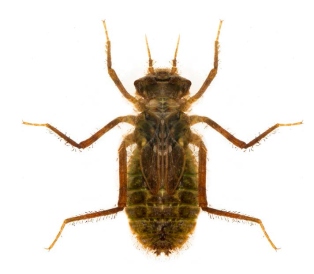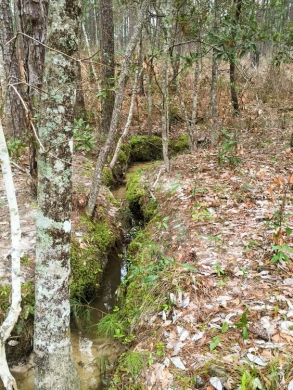Eastern Texas is home to two of what could arguably be among the rarest dragonflies in North America. The Texas emerald, Somatochlora margarita, is known from just nine Texas counties and three Louisiana parishes. Although it may be the most common dragonfly in areas where it occurs, it is rarely encountered because of its habit of flying and perching at tree-top level. The Texas emerald was petitioned for federal listing under the U.S. Endangered Species Act in 2011 and is pending a 12-month review by the U.S. Fish and Wildlife Service.
Rarer still, the sarracenia spiketail, Cordulagaster sarracenia, was only just described in 2011 and is currently known from five Texas counties and a single Louisiana parish. Although the range for the two species closely overlaps, observations of the sarracenia spiketail are patchier, partly due to its’ short flight season (15 Mar – 29 Apr) and its strong association with pitcher plant bogs: a rare natural community threatened by woody encroachment resulting from decades of fire suppression.

For both species, substantial data gaps pose challenges to evaluating the conservation status for these species, let alone implementing proactive conservation measures. However, with funding provided by sales of the Wildlife Diversity Program’s Conservation License Plates, Dr. John Abbott, Director of Museum Research and Collections at the University of Alabama, has started to fill in those gaps.
Dr. Abbott is no stranger to dragonfly research. Having literally written the book on Texas dragonflies…twice, he formally described the adult sarracenia spiketail and the Texas emerald nymph. All dragonfly nymphs are aquatic, so identification of the aquatic habitat in which nymphs reside is absolutely critical for conservation of the species. Despite Dr. Abbott’s expertise, no Texas emerald nymph had ever been seen in the wild: the nymph was described from an individual raised in the laboratory from an egg.

Extensive surveys of streams and bogs in the vicinity of adults had repeatedly failed to produce nymphs. That changed, in the spring of 2015 when, using his knowledge of dragonfly biology, Abbott starting sampling more unusual habitats including crayfish burrows and sphagnum-covered stream banks fed by pitcher plant bogs. It was in this latter habitat, 1.5 feet inside deeply undercut stream banks, that two Texas emerald nymphs were finally located half a century after the adults were first described. This discovery sheds light on why the nymphs have been so elusive: they practically live underground in a restricted habitat. It also highlights that, like the sarracenia spiketail, long-term survival of the Texas emerald is closely tied to the persistence of pitcher plant bogs.

Although the relationship between the sarracenia spiketail and pitcher plan bogs is known, because of the sensitive nature of those habitats and the dragonfly’s apparent rarity, biologists have expressed concern over population sizes for the species. Indeed, of the six locations where the species has been documented, only two of those sites have yielded more than a single sarracenia spiketail. So, Dr. Abbott set out to estimate population sizes at those two sites using established mark-recapture methods. The results were less than encouraging.
To put those results into perspective, consider an earlier mark-recapture study of the Hine’s emerald dragonfly: the only federally endangered dragonfly in the coterminous U.S. That study resulted in 331 captured and marked individuals, 88 of which were later recaptured. That resulted in an estimated population size of 1023 individuals at a single site: not exactly a booming population. Now consider Dr. Abbott’s efforts. At two sites surveyed, a combined total of only 20 individuals were captured and marked, four of which were later recaptured. Those numbers are so low as to prevent a statistical estimation of population size. Granted, those two studies aren’t directly comparable: Hine’s emerald has a longer flight season than the sarracenia spiketail, and the spiketail mark-recapture effort was hindered by cloudy weather, which reduces dragonfly activity and detectability. Nevertheless, the numbers still tell a concerning story about the rarity of this species.

For both the Texas emerald and the sarracenia spiketail, the findings of the Conservation License Plate-funded research presented here demonstrate the importance and sensitivity of pitcher-plant bogs for Texas’ rarest dragonflies. However, the story is not without hope. Management practices that restore and maintain pitcher-plant bogs are well-established. Exclusion of feral hogs, periodic burns to mimic historic fire regimes, and, in some instances, mechanical control of woody encroaching species can restore pitcher-plant bogs, which not only provide habitat for dragonflies, but for a host of other rare plant and animal species. These management practices and their results can be seen first-hand in healthy bogs at Texas Parks and Wildlife’s Gus Engeling Wildlife Management Area in Anderson County Texas.